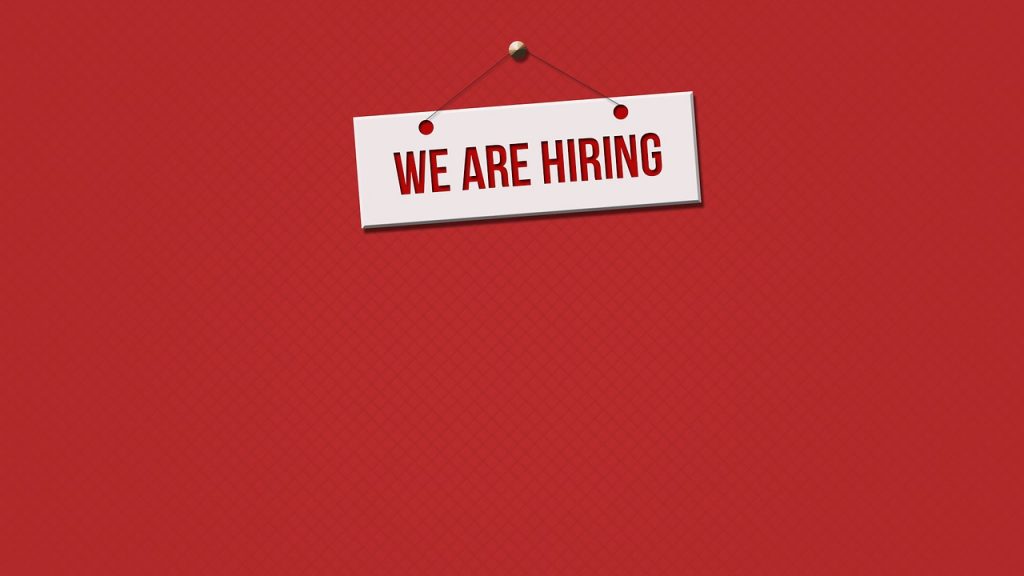

It is more costly to fire an employee than to retain one. As a business, you will have to incur the immediate costs of a severance package and ensuring that the firing process was successful enough. This also includes involving the different departments, such as IT, to ensure that the employee’s access to the company’s system is barred.
On the other hand, you will have to accept the loss in productivity as the current employees fill in the position of the ex-employee. Even worse, it might take time for the replacement to understand their roles in the business. While working to retain employees should be a priority, it should all start in the hiring process. Ideally, hiring an employee who is the right cultural fit reduces the chances of conflicts that lead to their termination or resignation.
Here’s why you should concentrate on the cultural fit of an employee before hiring them:
Why Company Culture Matters
A strong company culture tends to bring employees together. Everyone knows what to expect, and they can play their role with little friction. Once you add an employee whose personality resonates with your corporate culture, their transition into your workforce will be flawless.
Furthermore, the more the employee feels like they belong in your workforce, the more the commitment to their jobs will be, as noted on this website: applicanttrackingsystems.net. Such employees end up being a pivotal part of the decision-making process and making the lives of the rest of the employees quite easy. Sadly, the conventional recruitment style for most businesses doesn’t always take culture into account.
The Flawed Conventional Recruitment Practices
In case you bring an employee whose cultural belief and behaviors aren’t in line with your business’ norms, this will drive a wedge between different employees in the workforce. A good example would be the hiring of former CEO John Browett by Apple. The problem with the conventional recruitment system is that it doesn’t go past the qualifications of a job applicant. While a prospective employee might have all the qualifications for the position, the interview doesn’t have to stop there.
Ideally, you should know more about what makes the person tick. Also, learn about how well your culture and company value meshes with theirs. The more detailed your recruitment stage is, the lower the chances that you will have to get back to the drawing board after losing that specific employee.
Multiple Assessments Should Be the Mantra
Once the recruitment team picks a group of potential employees who are qualified for a position, they need to conduct multiple assessments. These tests should include personality and situational judgment tests. As long as an employee can come up with arguments that augur well with your organization’s values, then they can be a great fit.
Also, you should consider involving some members of the workforce in the interview process. These interactions can give the candidate an impression of what to expect while working for you. The employee will also assess the potential recruits and can help in identifying red flags.
How to Remain Diverse
The downside of this approach to recruitment is that the recruiting team might be biased in choosing people with whom they share interests or personalities. While this allows the continuation of the culture, it might kill diversity in your workforce. Diversity in your workforce is bound to bring in new ideas while improving your decision-making processes.
As a result, you should include policies into your recruitment process to eliminate this bias. For instance, you can emphasize how potential employees share the same values and opinions with the rest of the workforce instead of using culture alone.
Conclusion
Whether you want to build a culture of collaboration or accountability, the only way it can work is if all hands are on deck. As such, employing people who do not support this will alienate them. Consider culture when hiring to improve your employee retention rates.
Leave a Reply